Sillamae Metal and Chemical Production Plant, Estonia
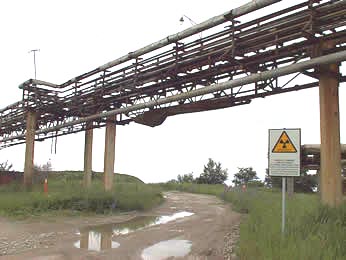
Figure 1: Access road to the Sillamae tailings facilities
Introduction
The Metal and Chemical Production Plant at Sillamäe produced enriched uranium to the Soviet Union during the cold war. The plant was in operation for almost 50 years and produced 12 million tonnes of radioactive waste.
The waste pond lies at its closest point 30m from the Baltic Sea and was a concern as seepage from the impoundment was leaching onto the sea. A severe storm could have caused a part of the dam to collapse spilling the contents of the impoundment into one of Europe’s major watercourses.
The impoundment covers 40 hectares and rangers from 24 – 26m in height. The environmental hazards from the impoundment prior to restoration were:
- During the dry season dust was picked up during windy conditions depositing in the sea, on surrounding land, and on the town of Sillamäe.
- The impoundment gave off high Radon that was a risk to the town of Sillamäe.
- Rain water and land runoff seeped through the impoundment and into the sea. The substances seeped consisted of uranium, thorium, barium, strontium, arsenic.
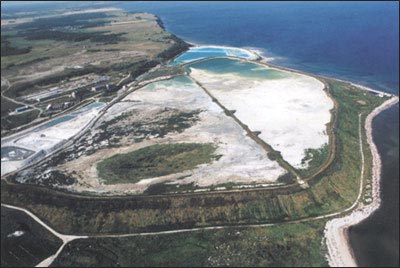
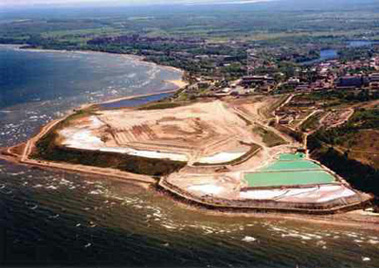
Figure 2: Aerial photos of the tailings dam in 1995 and 2002
Restoration
Estonia won independence from the Soviet Union in 1991 and appealed for help regarding cleaning up the waste. Estonia didn’t have the money or the expertise to carry out the clean up operation.
The clean up and restoration operation included:
- Inserting a bentonite slurry trench around the impoundment closest to the sea to prevent further seepage through the dam.
- Installing a waterproof cover over the waste with suitable contouring to divert surface runoff aware from the sea.
- Installing a wave break to prevent waves crashing into the impoundment. The idea is dissipate the energy of the waters around the impoundment which will help to prevent spray blowing onto the embankment face.
- Vegetating the embankment walls to prevent surface channelling and erosion.
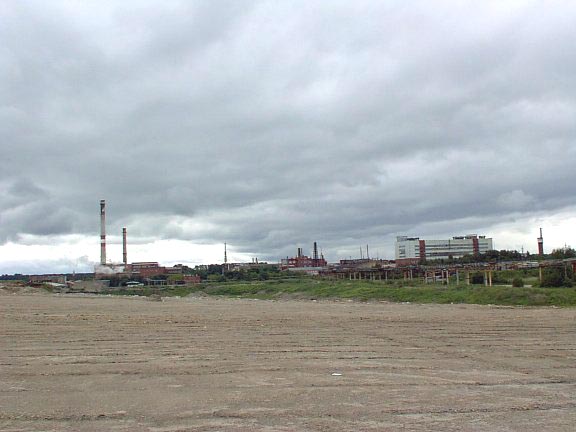
Figure 3: View of the power plant across the tailings facilities
Financing
The restoration project was estimated to cost €(Euros)20 million as was funded as follows: (taken from: www.ecosil.ee)
| Item |
Value/Comment |
| Phare LSIF |
5 million EUR |
| Norway approx |
2 million EUR |
| Sweden approx |
1 million EUR |
| Denmark approx |
1 million EUR |
| Finland approx |
1 million EUR |
| NEFCO guarantee |
2 million EUR |
| Estonia |
3 million EUR |
| NIB loan to Estonia |
5 million EUR |
Information acquired and decisions adopted at the discussions:
- NEFCO would be the financial manager for directing the financial share of (IFI) Phare and donor countries to the project;
- The information of construction companies of Estonia and price of building materials in East-Virumaa are considered for making preliminary calculations of all local works for the general budget of 20 million EUR;
- European supervision and quality requirements should be followed for carrying out the project; if Estonia lacks specific skilled know-how, the latter would be acquired from foreign countries;
- The Steering Group, consisting of the representatives of all donor countries and organisations would be established for financial supervision; the steering will adopt the budgets of the project management unit;
- According to the requirements of the European Commission the project would be launched in 1999; the rules of the European Commission (Decentralized Implementation System - DIS) should be applied for procurement, contracting and financing of the project.
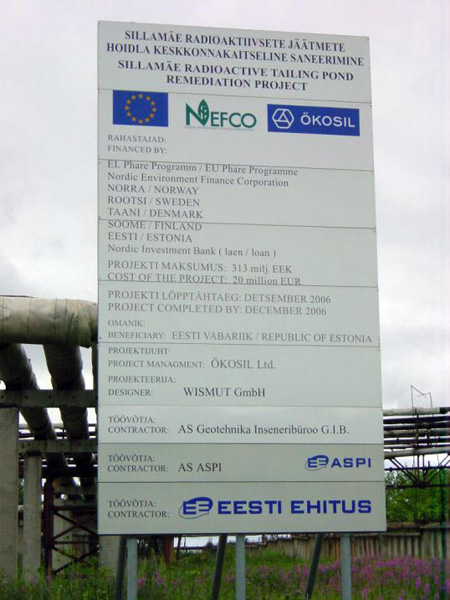
Figure 4: EU funding sign





